



isp1582bs clock chip
The ISP1582BS is a USB interface controller chip launched by NXP Semiconductors. It integrates both clock management and data transfer modules internally, providing efficient support for USB device-side communication. In modern electronic systems, clock chips or controllers with clock functionality are critical to ensuring stable operation. Thanks to its high level of integration, low power consumption, and flexible interface features, the ISP1582BS is widely used in consumer electronics, embedded systems, and industrial equipment. This article provides a detailed explanation of the chip’s overview, features, working principles, application scenarios, and key selection considerations.
1. Chip Overview
The ISP1582BS is a USB interface chip that supports USB 2.0 high-speed device-side protocols, offering both full-speed (12 Mbps) and high-speed (480 Mbps) transfer capabilities. As a controller with integrated clock functionality, it not only handles USB protocol layers but also provides a stable clock signal through its built-in PLL (Phase-Locked Loop) module, ensuring synchronization across the entire data transfer path. The chip is available in LQFP packaging, making it suitable for flexible use in different PCB designs.
Its design goal is to provide devices requiring USB connectivity with a plug-and-play solution, simplifying external circuitry and improving overall system stability and reliability.
2. Core Features and Characteristics
- Integrated Clock Management: Built-in PLL circuit that generates a high-precision clock signal from an external crystal oscillator, ensuring stable frequency for USB data transfer and system operation.
- High-Speed USB Support: Compliant with USB 2.0 standards, supporting both full-speed (12 Mbps) and high-speed (480 Mbps) modes with automatic switching for host compatibility.
- Low Power Design: Features power-saving modes and clock gating mechanisms, suitable for portable and embedded applications.
- Flexible Interface: Connects to microcontrollers or processors via a parallel interface, supporting multiple bus timing configurations for easy system integration.
- Strong Protocol Compatibility: Supports standard USB device class drivers such as HID, Mass Storage, and Audio, simplifying system development.
- Packaging and Reliability: Offered in industrial-grade packaging with wide operating voltage and temperature ranges, ensuring adaptability to demanding environments.
3. Working Principles
The ISP1582BS operates across three functional layers:
- Clock Generation and Distribution: An external crystal oscillator provides the reference signal. The internal PLL amplifies and multiplies it, generating the 48 MHz clock required for USB communication and distributing it across logic blocks.
- USB Protocol Handling: The integrated USB device controller automatically manages packet recognition, CRC checks, handshake signaling, and other protocol-level operations, reducing the workload of the host controller.
- Interface Communication: Data is exchanged with the main controller (MCU/CPU) via a parallel bus. The host controller focuses on higher-level application logic, while USB timing and clock synchronization are handled by the ISP1582BS.
This high level of integration simplifies system design, lowers development difficulty, and ensures stable high-speed data transfer.
4. Application Scenarios
- Consumer Electronics: Used in MP3 players, digital cameras, printers, and scanners for USB data transfer and PC connectivity.
- Embedded Systems: Enables USB communication in microcontroller or embedded processor designs, such as industrial data acquisition terminals and medical equipment.
- Peripheral Devices: Provides high-speed USB interface design for keyboards, mice, and storage devices.
- Industrial Control: Facilitates real-time data interaction between automation instruments/control systems and host computers via USB.
- Research and Education: Often used as an experimental chip for learning and developing USB protocols due to its comprehensive functionality and intuitive interfaces.
5. Key Selection Considerations
When choosing the ISP1582BS, developers should focus on:
- Interface Compatibility: Ensure its parallel interface aligns with the MCU or processor bus.
- Clock Accuracy: For high-bandwidth applications, select a suitable external crystal oscillator to guarantee stable PLL clock output.
- Power Requirements: Pay attention to low-power mode support for portable devices.
- Environmental Adaptability: Choose industrial-grade or commercial-grade versions depending on the target environment.
- Firmware Support: Confirm the availability of drivers or protocol stacks to reduce software development workload.
6. Conclusion
The ISP1582BS, as a USB controller chip with integrated clock functionality, not only provides a high-speed and stable USB interface but also supports system operation through its internal PLL clock circuitry. Its low power consumption, flexible interfaces, and strong compatibility make it widely applicable across consumer electronics, embedded devices, and industrial control systems. For developers, selecting the ISP1582BS simplifies design while ensuring system reliability and scalability, making it an efficient solution for USB device designs.

Please contact us if the source is mislabeled or violates your legal rights.
We will promptly correct and delete, thank you.
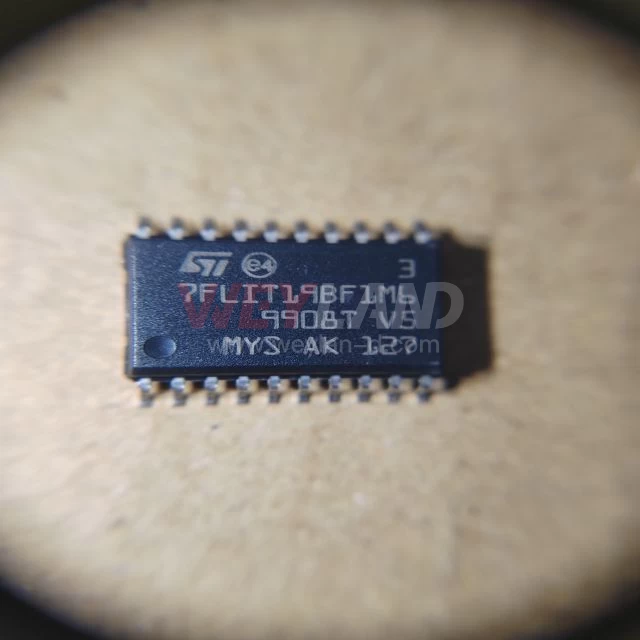
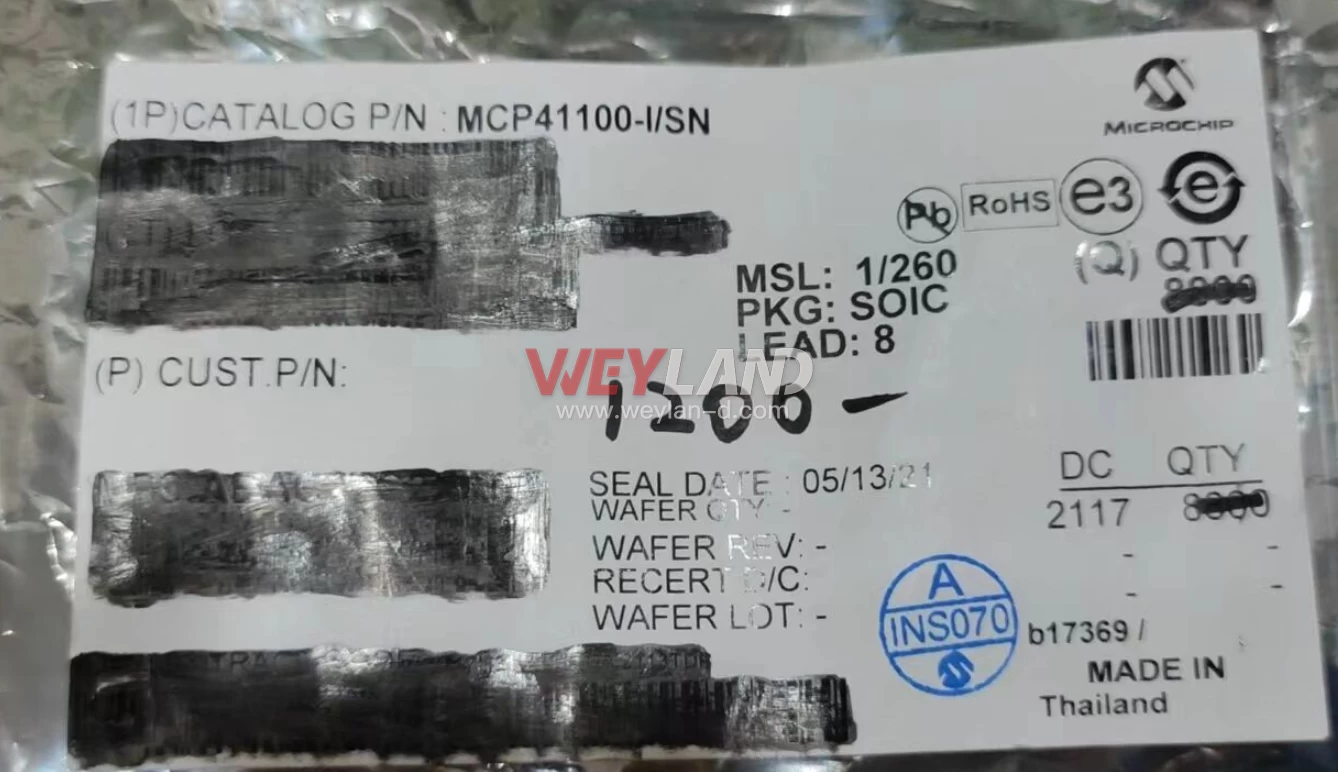
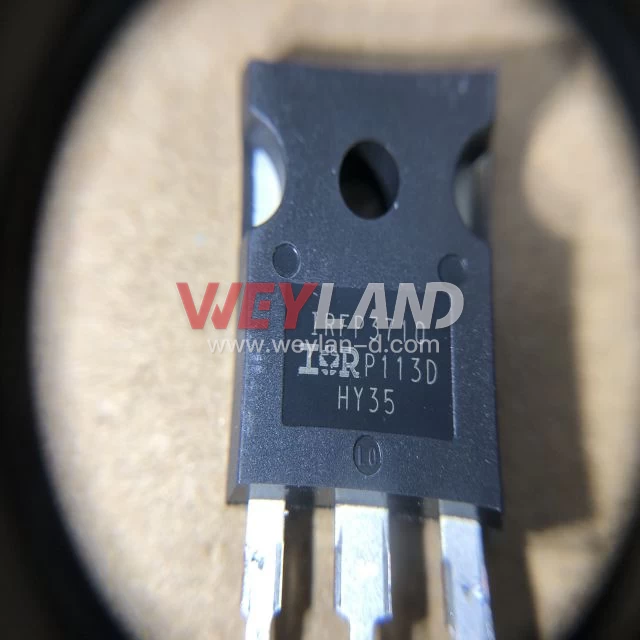
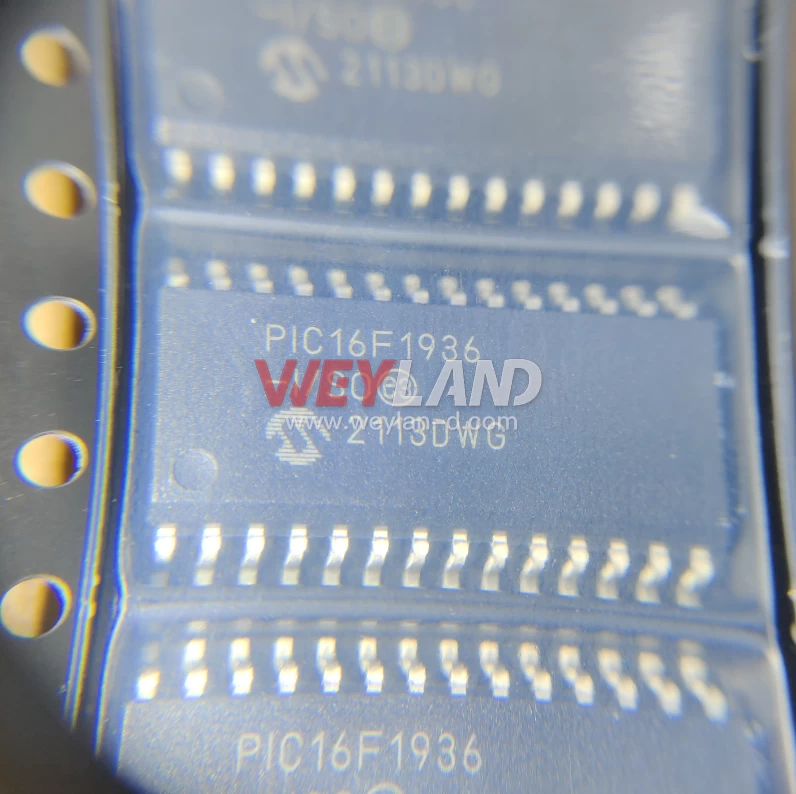

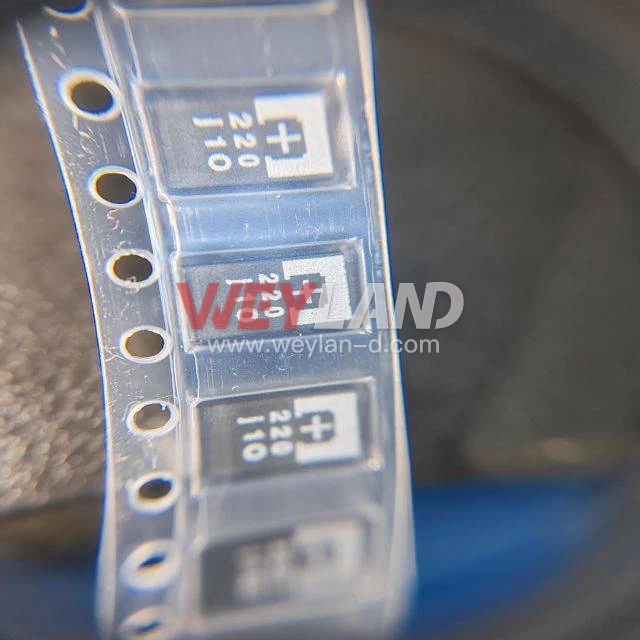
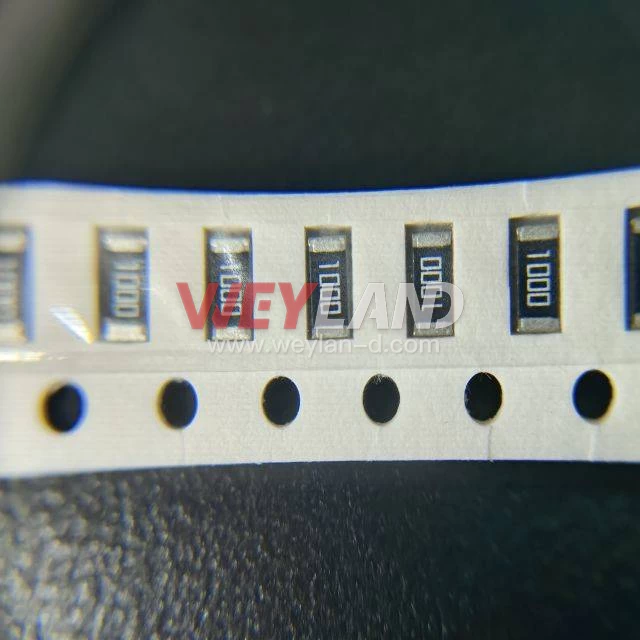
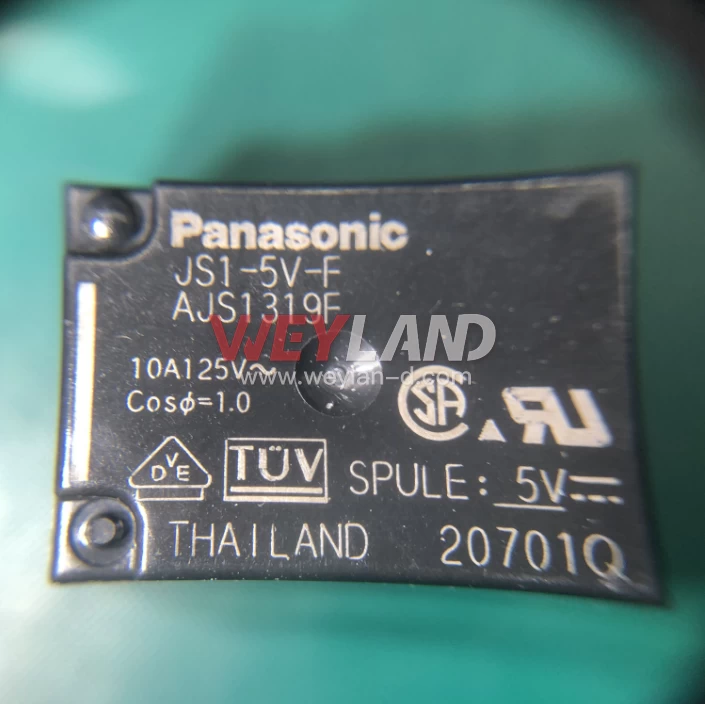
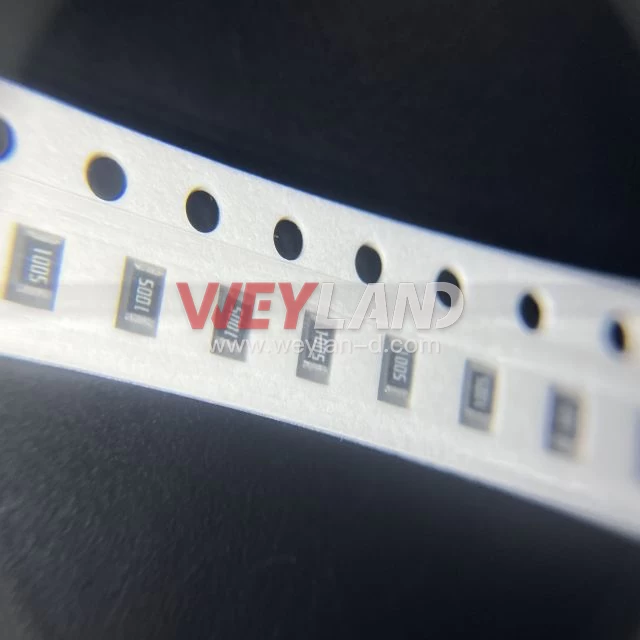
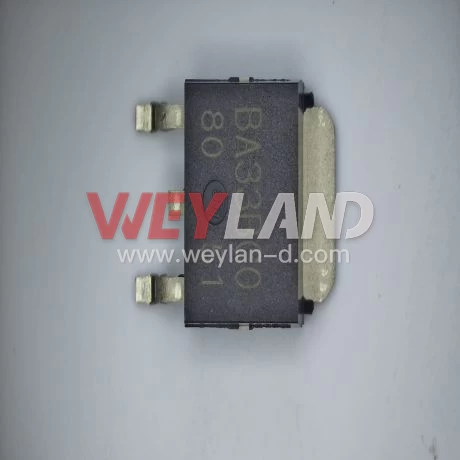
.9246509.png)












[email protected]
7500A BEACH ROAD #04-307 THE PLAZA SINGAPORE (199591)
RM 705.7/F.FA YUEN COMM BLDGNO.75-77.FA YUEN STREET.MONGKOK.KLN.HONG KONG
